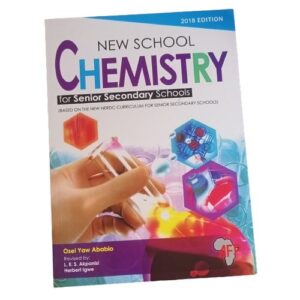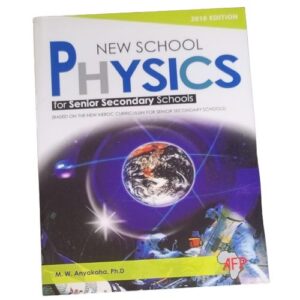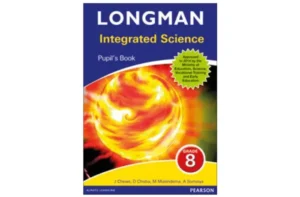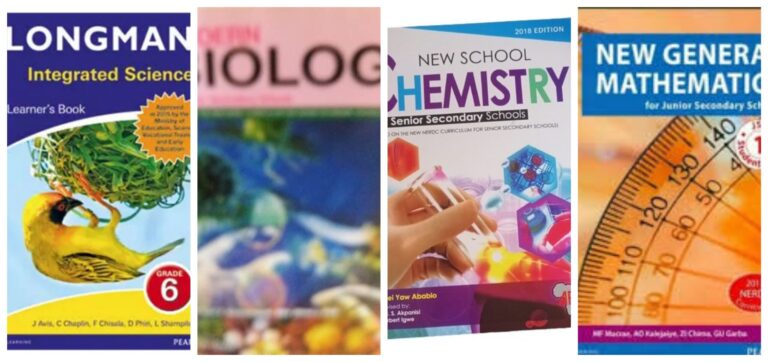For many who passed through Nigerian secondary schools in the 90s and early 2000s, science classes were not just about experiments and equations; they were defined by the books we studied. These textbooks weren’t just classroom companions; they became trusted guides, helping us decode the mysteries of atoms, motion, and the human body. As we take a trip down memory lane, let’s revisit some of the science books that shaped our formative years.
1. New School Chemistry by Osei Yaw Ababio

This was the holy grail of secondary school chemistry. Whether you were in SS1 or preparing for WAEC, New School Chemistry was your go-to. Ababio had a knack for breaking down complex chemical reactions into understandable bits. From balancing equations to electrolysis, this textbook was both feared and revered.
2. Modern Biology for Senior Secondary Schools by Sarojini T. Ramalingam

Who can forget the detailed diagrams of the digestive system or the reproductive organs that stirred curiosity and hushed giggles? Ramalingam’s Modern Biology was as vivid as it was informative. Whether it was photosynthesis, blood circulation or classification of living things, the explanations were clear and memorable.
3. New General Mathematics (Macmillan Series)

Though mathematics may not fall squarely under science, it was a key pillar in the scientific journey. The New General Mathematics series was a staple in many schools. With its structured exercises and logical progression, it trained our minds for scientific thinking and precision.
4. Comprehensive Physics for Senior Secondary Schools by Ndu, Okeke & Anyakoha

Physics came alive through this book. From Newton’s laws of motion to thermodynamics, the authors ensured that we understood both the theory and the practical aspects. Many remember carrying this hefty book around, hoping to grasp concepts like refraction, electricity and projectiles before exams.
5. Integrated Science for Junior Secondary Schools (Longman Series)

Before we specialised in biology, chemistry or physics, there was Integrated Science. This colourful and engaging textbook introduced us to the wonders of the natural world. It taught us how to light a Bunsen burner, differentiate between solids and liquids, and even how to classify rocks. For many, this book was their first real taste of science.
Today’s students may have smartboards and science apps, but those of us who flipped through dog-eared pages, underlined definitions, and crammed formulae under mosquito nets at night carry a different kind of scientific heritage.
So, here’s to the textbooks that built a generation of curious minds.


